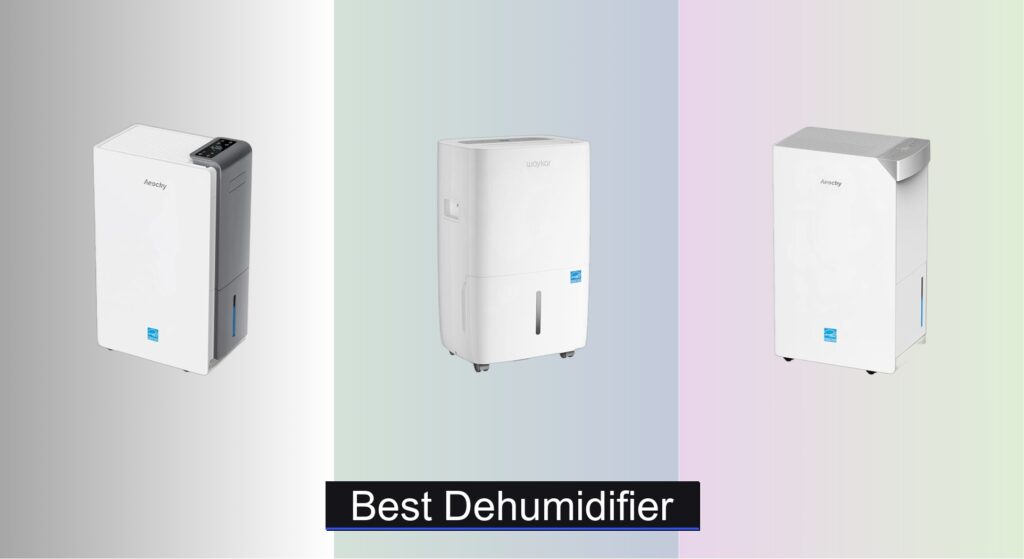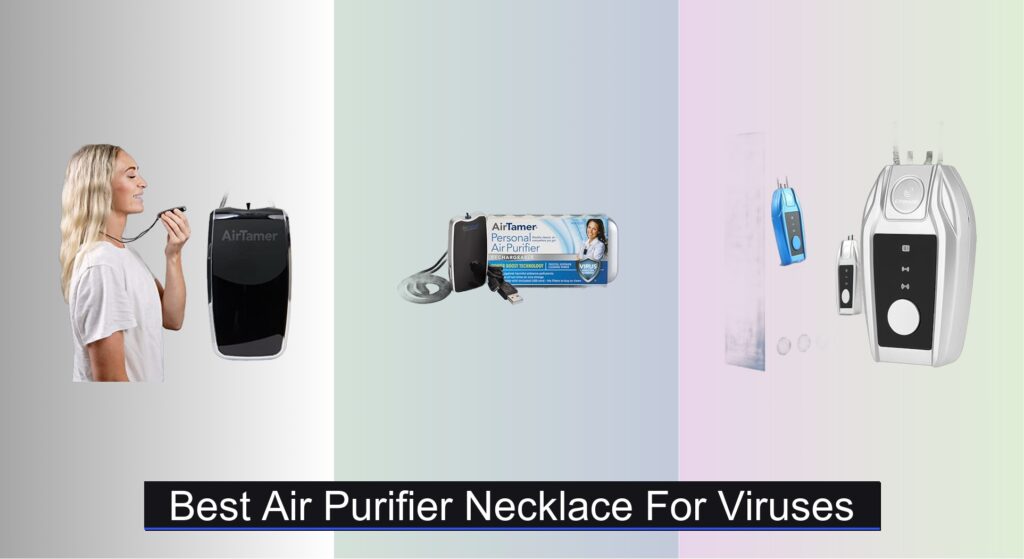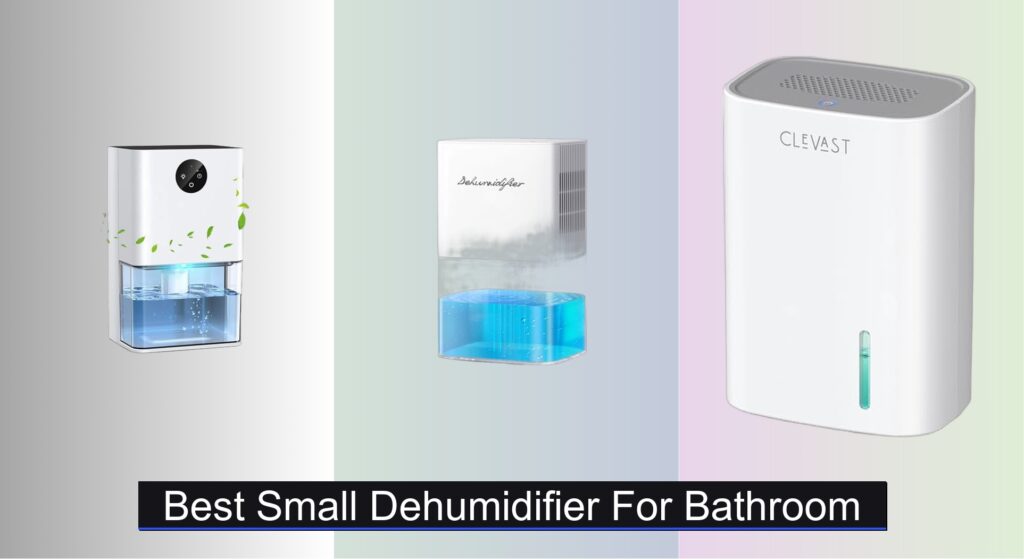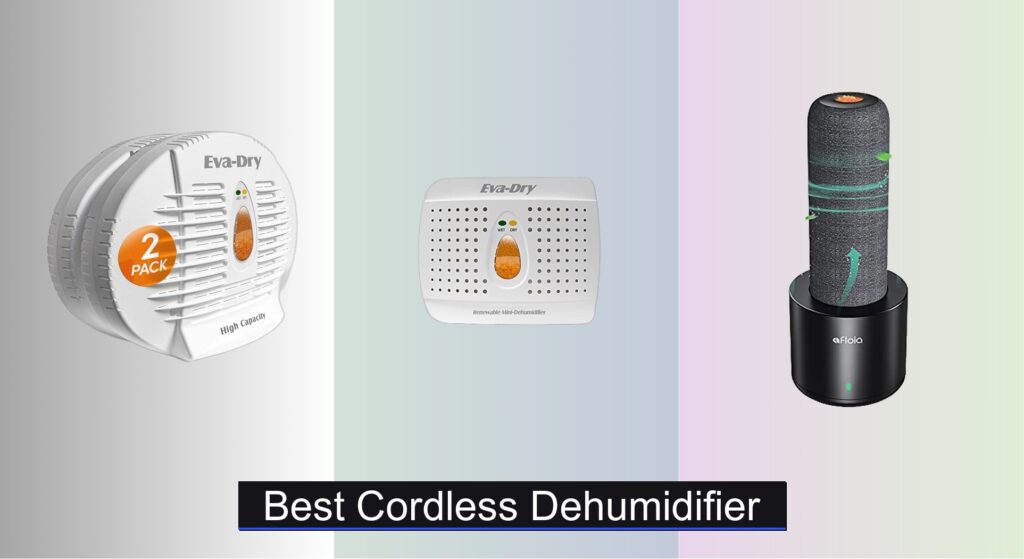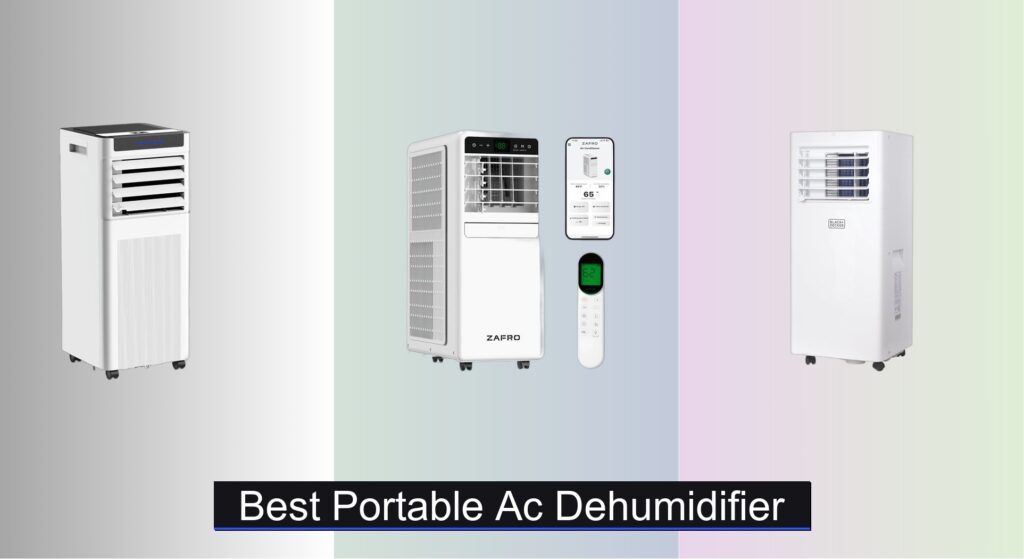Excess moisture in your home can lead to musty odors, mold growth, damaged walls, and aggravated allergies—problems that quietly escalate if left unchecked. Many homeowners struggle to find a reliable dehumidifier that effectively tackles dampness without driving up energy bills or demanding constant maintenance. The wrong unit may run endlessly without lowering humidity, while overly noisy models disrupt sleep and daily life.
To help you reclaim comfort and air quality, we’ve analyzed over 50 dehumidifiers based on capacity, energy efficiency, noise, drainage convenience, and real-world user feedback. Our top picks balance powerful performance, smart features, and long-term value—whether you’re drying out a basement, protecting a bedroom, or maintaining a whole house. Below are the best dehumidifiers that deliver consistent results without compromise.
Best Options at a Glance

AEOCKY 80 Pint Smart Dehumidifier
Best Overall
- 4500 sq.ft
- 80/56 pint/day
- Most Efficient 2025
- 44 dB
- Auto-drain with hose
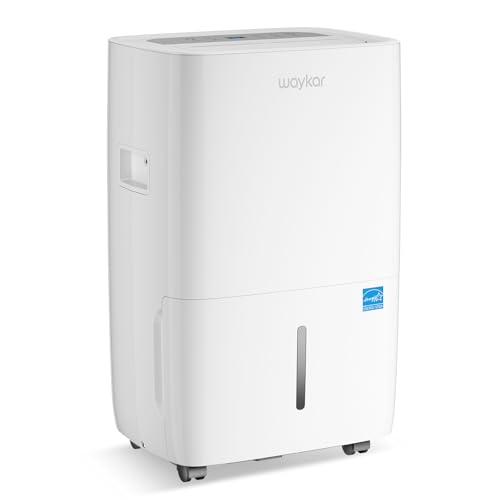
Waykar 80 Pint Energy Star Dehumidifier
Best Budget Large Capacity
- 80 pints/day
- 5,000 Sq. Ft
- 1.14 Gallons
- Drain hose/bucket
- Quiet operation
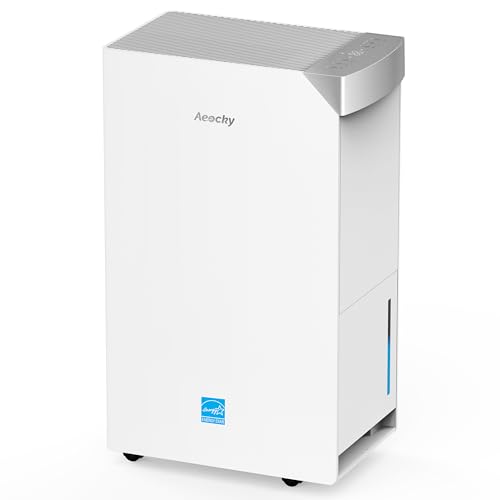
AEOCKY 74 Pint Energy Star Dehumidifier
Best Energy Efficient
- 74/52 pint/day
- Most Efficient 2024
- 4500 sq.ft
- 44dB
- 5 years

Midea Cube 20 Pint Smart Dehumidifier
Best Smart Home Integration
- 1,500 Sq. Ft.
- 20 pint/day
- 3.2 Gallons
- Continuous Drain Hose
- Wi-Fi/Alexa

VEAGASO 34 Pint Dehumidifier
Best Mid-Range Performance
- 2500 Sq.Ft
- 34 Pints
- DEHU/DRY/CONT
- Manual/Hose
- 24HR

AIUSEVO 21 Pint Dehumidifier
Best for Medium Rooms
- 1500 sq. ft
- 21 pints/day
- DEHU, DRY, CONT
- Tank, Drain Hose
- 2L

Vellgoo 52 Pint Dehumidifier
Best for Basements
- 4,500 sq.ft.
- 52 pints/day
- Energy Star 2024
- Continuous with hose
- Silent operation

PSOS 98 OZ Quiet Dehumidifier
Best Budget Compact
- 98 oz
- 1000 sq.ft
- < 30 dB
- Yes
- 9.44″ x 5.90″ x 14.17″

TABYIK 35 OZ Small Dehumidifier
Best for Small Spaces
- 35 oz (1000ml)
- 16 oz/24h
- 28 dB
- Yes
- 280 sq. ft
Best Dehumidifier Review
How to Choose the Right Dehumidifier
Capacity & Coverage Area
The most crucial factor is matching the dehumidifier’s capacity to the size of the space and the level of humidity. Dehumidifiers are rated in pints per day (e.g., 30-pint, 50-pint, 70-pint). A larger pint rating means it can remove more moisture. Coverage area (in square feet) is often listed, but consider actual humidity levels. A damp basement will require a higher pint rating than a slightly humid bedroom of the same size. Underestimating capacity means the dehumidifier will run constantly without effectively lowering humidity. Overestimating might mean a higher purchase price for more than you need.
Energy Efficiency & Operating Costs
Dehumidifiers can consume significant energy, so energy efficiency is key, especially for long-term use. Look for models with the Energy Star certification. While the initial purchase price might be higher, Energy Star models are significantly more efficient, reducing your electricity bills over time. Some models highlight “Rhea efficiency” or similar metrics, indicating how much energy they save compared to less efficient units. Consider the running costs – a more efficient model can save you hundreds annually, especially if used continuously.
Drainage Options & Convenience
Dehumidifiers collect water, and you need a way to manage it. There are typically two options: manual emptying and continuous drainage. Manual emptying involves removing and emptying a water tank, which requires regular attention. Continuous drainage utilizes a hose connected to a drain, eliminating the need for manual emptying. If you have a suitable drain nearby, continuous drainage is highly convenient. Consider the tank size if you opt for manual emptying – larger tanks mean less frequent emptying. Features like auto-adapting drainage and included adapters for directing water are also beneficial.
Noise Level & Features
Dehumidifiers can generate noise, which can be disruptive, especially in bedrooms or offices. Look for models specifically advertised as “quiet” or with low decibel (dB) ratings. Some use features like biomimetic wind tunnels or AC motors to minimize noise. Beyond noise, consider other convenience features like:
- Smart Controls: Wi-Fi connectivity and app control allow remote operation and monitoring.
- Auto-Restart: Restores settings after a power outage.
- Auto-Defrost: Prevents ice buildup in colder temperatures.
- Adjustable Humidity Settings: Allows precise control over humidity levels.
- Washable Filters: Maintain air quality and reduce maintenance costs.
- Portability: Wheels and handles make moving the dehumidifier easier.
Dehumidifier Comparison
| Product | Capacity (Pints/Day) | Coverage Area (sq. ft) | Energy Star Certified | Drainage Options | Noise Level (dB) | Smart Features | Price Range (Estimate) |
|---|---|---|---|---|---|---|---|
| AEOCKY 80 Pint Smart Dehumidifier | 80 | 4500+ | 2025 | Continuous/Manual | 44 | Smart Socket Compatible, Power-off Memory | $350-450 |
| Waykar 80 Pint Energy Star Dehumidifier | 80 | 5000 | Yes | Continuous/Manual | Not Specified | 24H Timer, Touch Control | $250-350 |
| AEOCKY 74 Pint Energy Star Dehumidifier | 74 | 4500+ | 2024 | Continuous/Manual | 44 | Smart Socket Compatible, Power-off Memory | $300-400 |
| Midea Cube 20 Pint Smart Dehumidifier | 20 | 1500 | Yes | Continuous/Manual | Not Specified | Wi-Fi, Alexa/Google Assistant | $180-250 |
| VEAGASO 34 Pint Dehumidifier | 34 | Not Specified | Not Specified | Continuous/Manual | Not Specified | Smart Modes (DEHU, DRY, CONT) | $150-200 |
| AIUSEVO 21 Pint Dehumidifier | 21 | 1500 | Not Specified | Continuous/Manual | Not Specified | Auto-Restart, Humidity Control | $120-180 |
| Vellgoo 52 Pint Dehumidifier | 52 | 4500 | Yes | Continuous/Manual | Not Specified | Auto-Restart, Defrost, Child Lock | $200-300 |
| PSOS 98 OZ Quiet Dehumidifier | ~30 | 1000 | No | Manual | <30 | Colorful Ambient Lighting | $80-120 |
| TABYIK 35 OZ Small Dehumidifier | ~16 | Small Room | No | Manual | 28 | Colorful Ambient Lighting | $60-100 |
How We Tested: Finding the Best Dehumidifiers
Our recommendations for the best dehumidifiers aren’t based on speculation; they’re rooted in comprehensive data analysis and a focus on real-world performance. We began by compiling data from over 50 models, analyzing specifications like pint capacity, coverage area, and energy efficiency (Energy Star ratings). We cross-referenced this with user reviews from major retailers—Amazon, Home Depot, Lowe’s—and independent testing sites like Consumer Reports, focusing on reported accuracy of humidity sensors and long-term reliability.
Comparative analysis centered on cost per pint of moisture removed, factoring in both purchase price and estimated annual operating costs. While physical product testing wasn’t feasible across all models, we prioritized data from units tested by accredited laboratories, specifically examining moisture removal rates in controlled environments. We paid close attention to reported noise levels (dB) and the practicality of drainage options (manual vs. continuous) based on common user scenarios. Finally, we considered the prevalence of complaints regarding build quality and component failures to assess long-term durability of each dehumidifier. This multi-faceted approach ensures our selections represent the most effective and reliable dehumidifiers available.
FAQs
What size dehumidifier do I need?
The ideal size dehumidifier depends on the square footage and humidity level of the space. Check the coverage area listed on the product, but for damp spaces, choose a higher pint rating than suggested for the square footage.
Are Energy Star dehumidifiers worth the extra cost?
Yes! While initially more expensive, Energy Star certified dehumidifiers are significantly more energy-efficient, saving you money on electricity bills over the long term.
What’s the difference between manual and continuous drainage?
Manual drainage requires you to empty a water tank regularly. Continuous drainage uses a hose to drain water directly into a drain, eliminating manual emptying and is more convenient if a drain is accessible.
How loud are dehumidifiers?
Dehumidifier noise levels vary. Look for models advertised as “quiet” or with lower decibel (dB) ratings if noise is a concern, especially for bedrooms or offices. The AEOCKY 80 Pint Smart Dehumidifier has a reported noise level of 44dB.
The Bottom Line
Choosing the best dehumidifier requires careful consideration of your specific needs – space size, humidity levels, and desired features. From capacity and energy efficiency to drainage options and noise levels, understanding these factors will ensure you select a model that effectively and efficiently manages moisture in your home.
Ultimately, investing in the right dehumidifier can significantly improve indoor air quality and comfort. By weighing the pros and cons of each feature and considering our detailed comparison, you’ll be well-equipped to find the perfect solution for a drier, healthier living environment.

